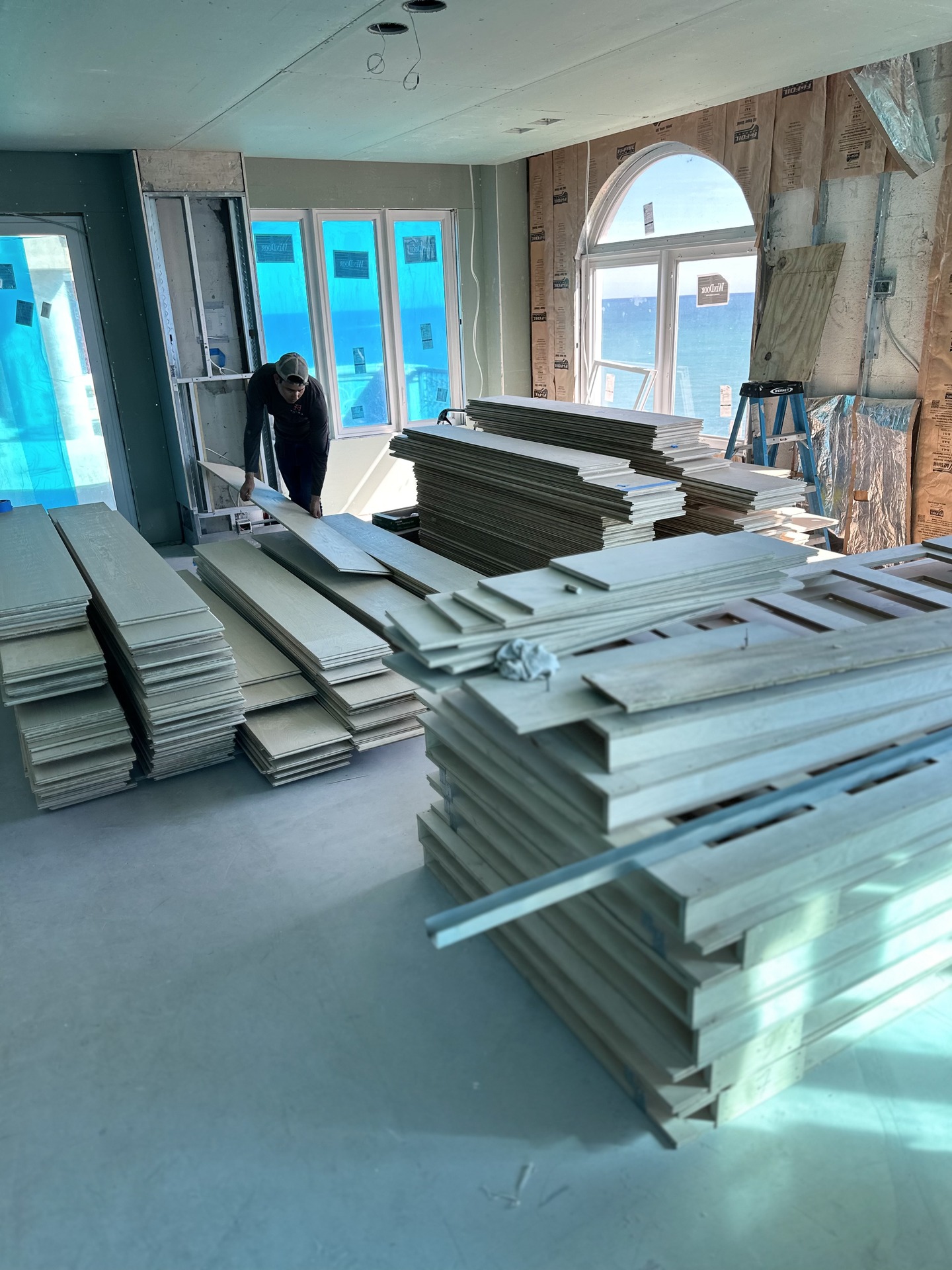5 Best Sustainable Construction Materials

Sustainable construction materials are reshaping the way we build. In a world increasingly concerned with reducing environmental harm, the construction industry plays a significant role. The materials chosen for a building can dramatically affect its carbon footprint, energy efficiency, and longevity.
Transitioning to sustainable construction materials is one of the most direct ways to support ecological balance and build with the future in mind.
Bamboo: The Renewable Powerhouse
Bamboo is rapidly gaining popularity as one of the most versatile and sustainable materials in construction. Unlike hardwood trees, bamboo grows quickly and can be harvested without depleting the soil.
It is incredibly strong. Bamboo offers properties similar to traditional hardwood, yet is lightweight and flexible. This makes it ideal for scaffolding, roofing, and other structural elements. Bamboo’s ability to absorb carbon dioxide faster than many trees further enhances its environmental benefits.
Recycled Plastic: Turning Waste Into Building Blocks
Plastic waste continues to be a major environmental issue. However, the construction industry is finding a creative solution. Recycling plastic into construction materials can give it a second life and reduce landfill waste. Recycled plastic can be transformed into durable products like bricks, sheets, and beams.
These products are eco-friendly, and resistant to decay and weathering. Therefore, they are a reliable option for long-lasting structures. Moreover, recycled plastic does not require the toxic preservatives typically used in wood construction. This makes it a safer choice for both builders and the environment.
Laminated Timber: The Carbon-Friendly Alternative
Laminated timber, also known as mass timber, is a prefabricated material designed for structural use. By combining layers of wood in a specific arrangement, laminated timber achieves greater strength and resistance to water and fire than traditional timber.
During its production, laminated timber generates less carbon than steel or concrete. It’s an attractive alternative for reducing the carbon footprint of a building. The material is easy to work with and fast to install. This means less construction time and fewer emissions related to the project.
Stone: Durability with Minimal Environmental Impact
Stone has been used as a building material for centuries, and for good reason. It is durable, reliable, and naturally resistant to weathering. Unlike synthetic materials that require intensive manufacturing processes, stone is often quarried directly from the earth. It reduces the need for energy-consuming factory production.
It is low maintenance, long-lasting, and can be recycled or repurposed for new projects. Stone also contributes to thermal efficiency. It keeps buildings cooler in summer and warmer in winter, and leads to reduced energy consumption.
Cob: The Sustainable Building Block of the Past and Future
Cob, a mixture of earth, straw, and lime, is one of the oldest and most natural building materials used today. It is highly energy-efficient, providing excellent insulation, which can lower heating costs. Cob is inexpensive to produce. For that reason, it has become an attractive option for small residential structures.
While it may take longer to build with, the benefits include reduced CO2 emissions compared to traditional concrete. Cob also offers a sustainable, aesthetically pleasing alternative for those looking to minimize their environmental impact.
The Role of Stone Building Solutions in Sustainable Practices
We understand the importance of sustainable construction materials at Stone Building Solutions and strive to help you make informed decisions for your building projects. From damage claims and construction monitoring to comprehensive appraisals, we make sure that your project remains on track.
We happily guide you through the complexities of sustainable building while maintaining quality, cost-effectiveness, and efficiency. Contact us today.
